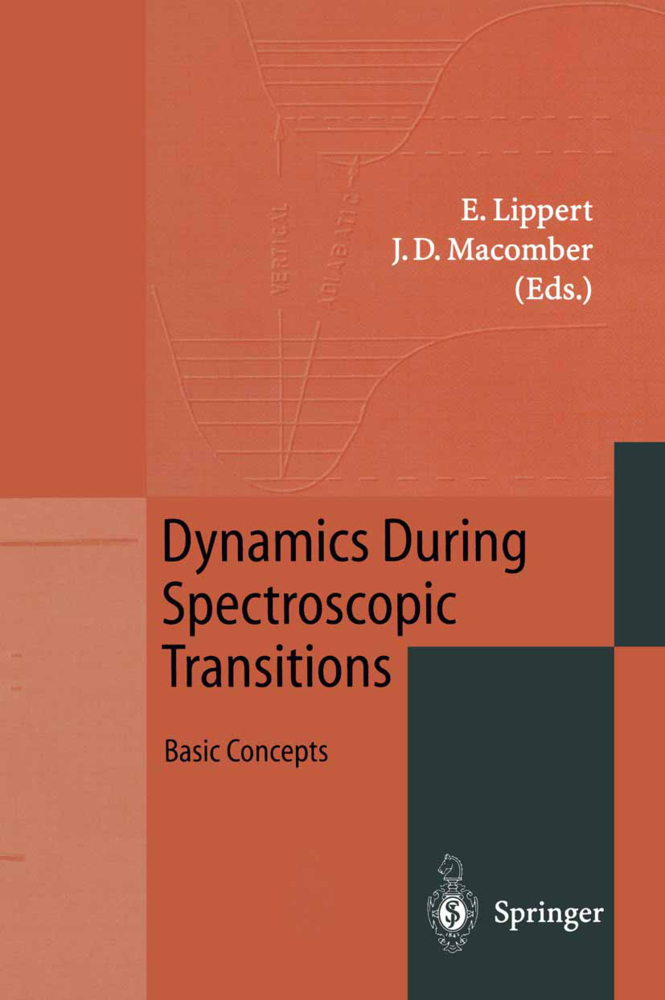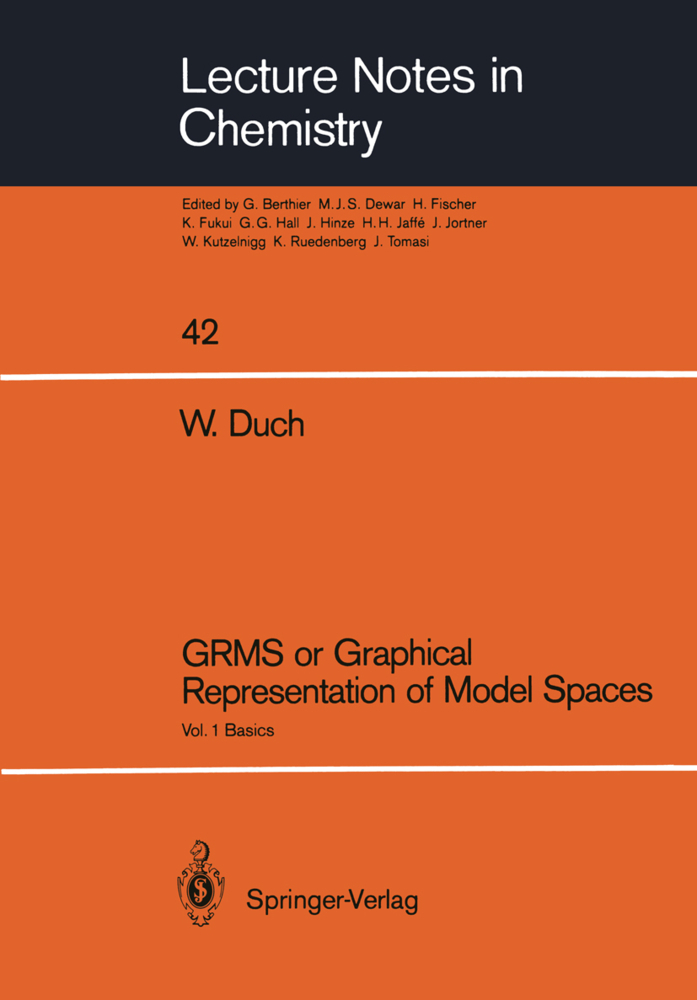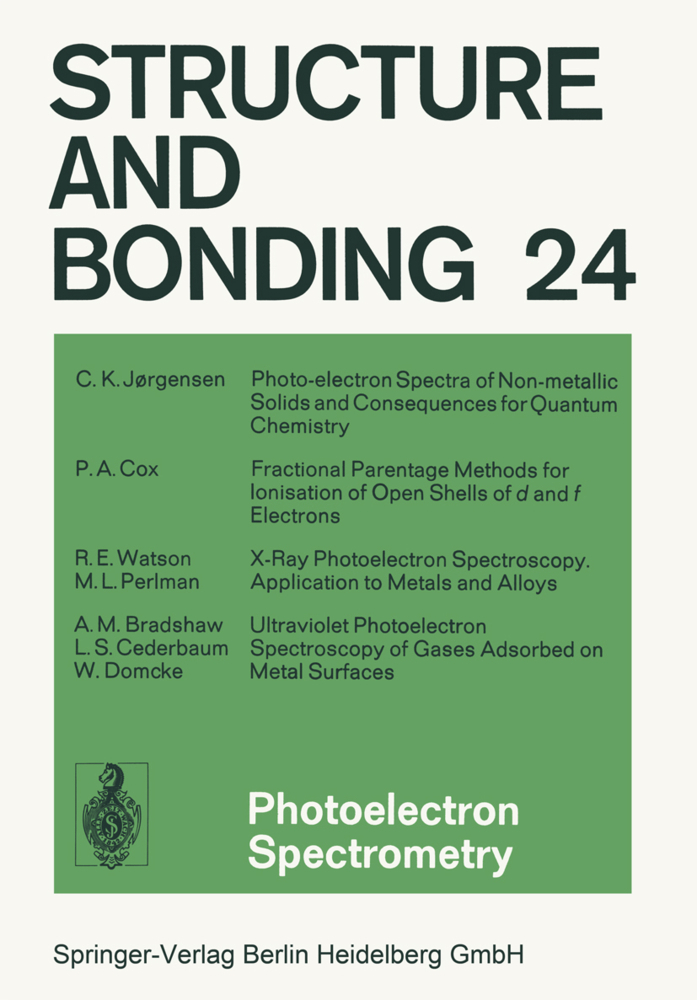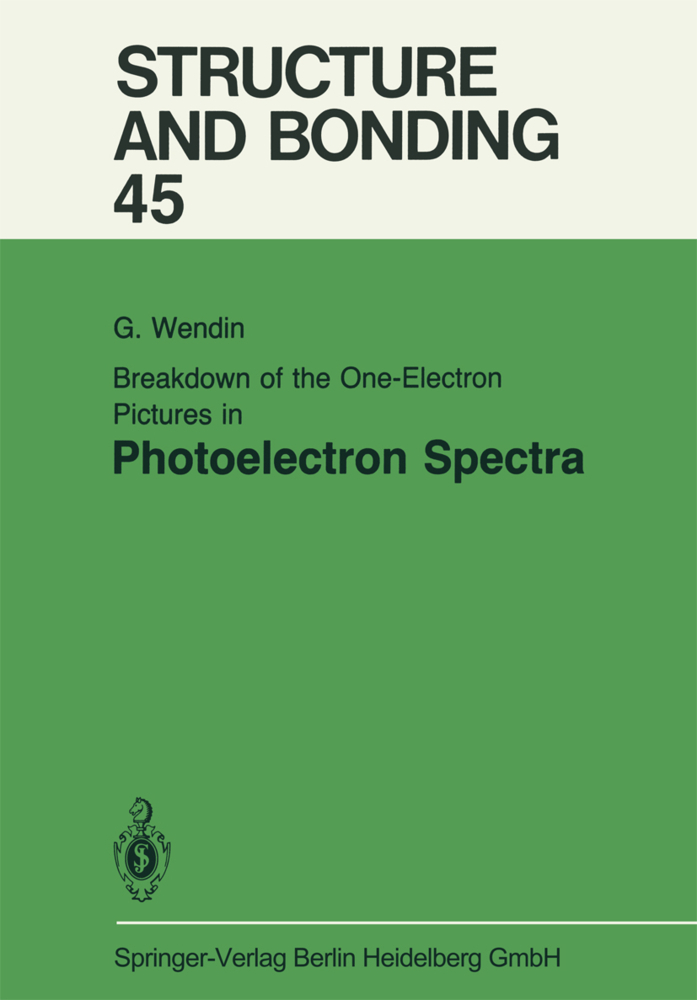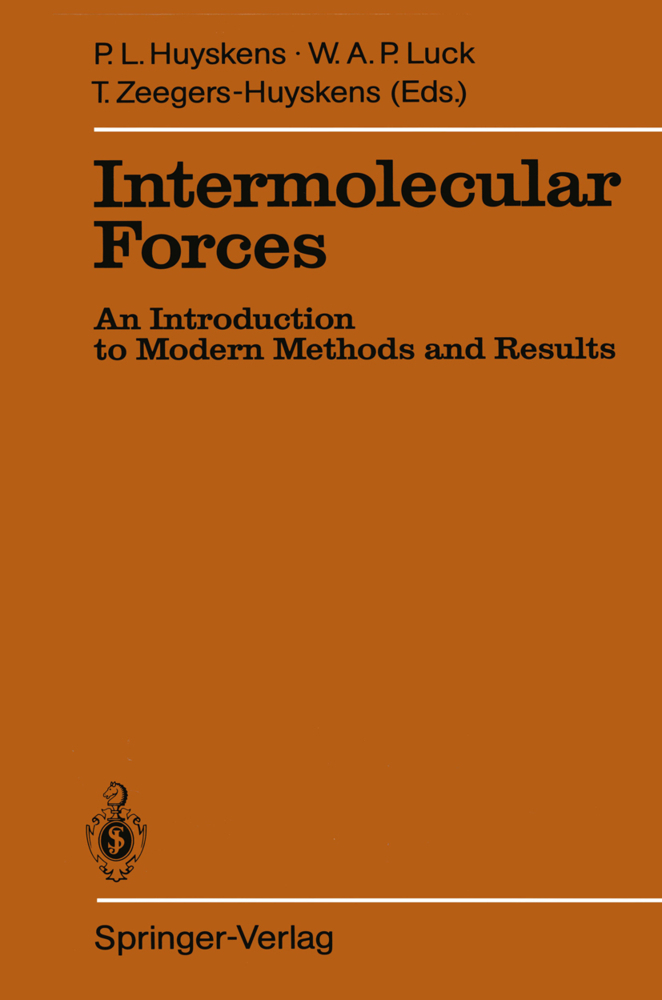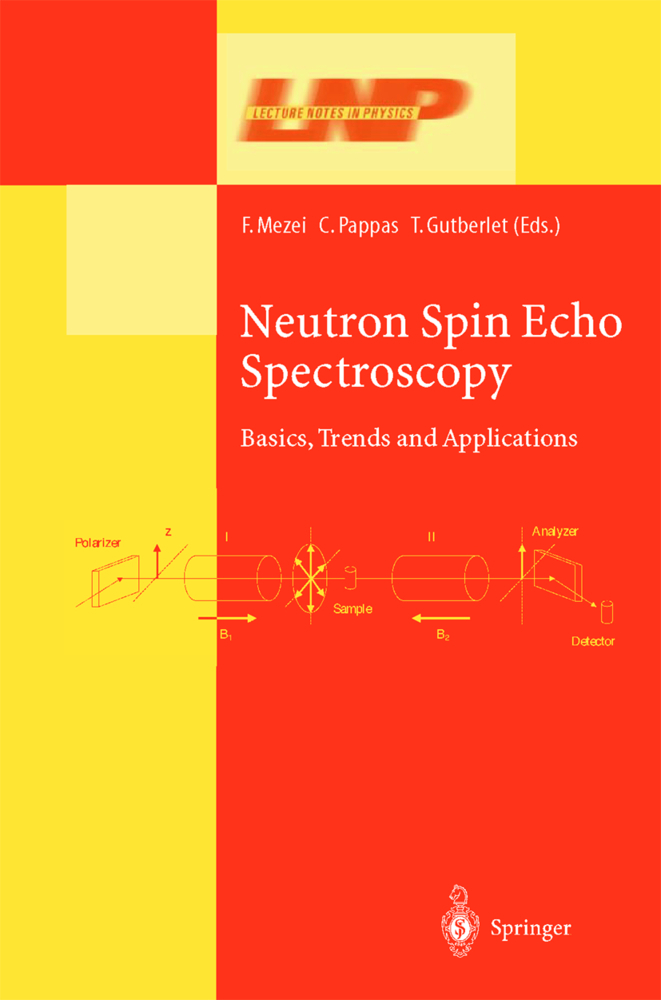Dynamics During Spectroscopic Transitions
Basic Concepts
Dynamics During Spectroscopic Transitions
Basic Concepts
"How does a photon get into an atom?" This question puzzled not only leading scientists, e.g. Schrödinger and Heisenberg. It is still asked by students. And it is, indeed, a key question of quantum mechanics.
James D. Macomber's book was the first to provide a didactic and unified approach to the answer. It has been updated with recent experimental results and modern theoretical interpretations, including quantum correlation effects in condensed matter, four-wave mixing and synchrotron radiation . The book has been written for final year undergraduate students in Chemistry and Physics. It provides an understanding for similarities among the spectroscopic methods, and is stimulating to read.
2 Elementary Quantum Theory
3 Elementary Electromagnetic Theory
4 Interaction of Radiation and Matter
II. Quantum Statistics
5 Ensembles of Radiating Systems
6 Relaxation Processes and Coherent Dissipative Structures
7 Applications of CSM Theory
III. Gyrating Dipole Moments
8 Basic Principles of Magnetic Resonance
9 Spin Dynamics and Radical Reactions
10 Generalization of the Gyroscopic Model
IV. Applications of LASER and SR Techniques
11 Stimulated Scattering: Third Order Processes
12 Transient Grating Spectroscopy
13 Synchrotron Radiation and Free Electron Lasers.
James D. Macomber's book was the first to provide a didactic and unified approach to the answer. It has been updated with recent experimental results and modern theoretical interpretations, including quantum correlation effects in condensed matter, four-wave mixing and synchrotron radiation . The book has been written for final year undergraduate students in Chemistry and Physics. It provides an understanding for similarities among the spectroscopic methods, and is stimulating to read.
I. Well-known Principles
1 Introduction2 Elementary Quantum Theory
3 Elementary Electromagnetic Theory
4 Interaction of Radiation and Matter
II. Quantum Statistics
5 Ensembles of Radiating Systems
6 Relaxation Processes and Coherent Dissipative Structures
7 Applications of CSM Theory
III. Gyrating Dipole Moments
8 Basic Principles of Magnetic Resonance
9 Spin Dynamics and Radical Reactions
10 Generalization of the Gyroscopic Model
IV. Applications of LASER and SR Techniques
11 Stimulated Scattering: Third Order Processes
12 Transient Grating Spectroscopy
13 Synchrotron Radiation and Free Electron Lasers.
| ISBN | 978-3-642-79409-4 |
|---|---|
| Article number | 9783642794094 |
| Media type | Book |
| Edition number | Softcover reprint of the original 1st ed. 1995 |
| Copyright year | 2011 |
| Publisher | Springer, Berlin |
| Length | XXV, 580 pages |
| Illustrations | XXV, 580 p. |
| Language | English |

